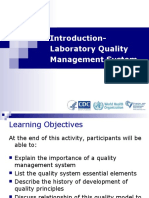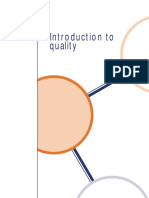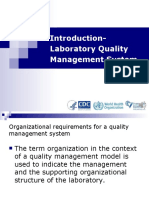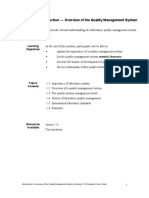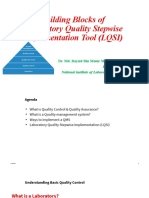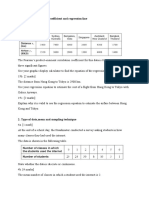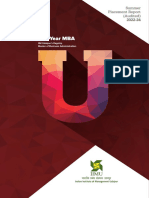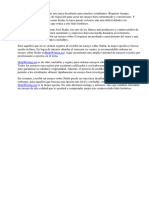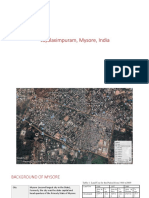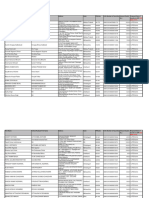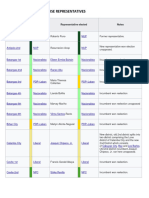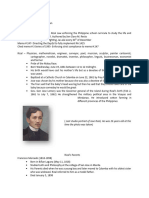0% found this document useful (0 votes)
53 views43 pagesMLS 410 - Lecture 1 - Introduction
Quality management system in lab
Uploaded by
Mariam KhalilCopyright
© © All Rights Reserved
We take content rights seriously. If you suspect this is your content, claim it here.
Available Formats
Download as PDF, TXT or read online on Scribd
0% found this document useful (0 votes)
53 views43 pagesMLS 410 - Lecture 1 - Introduction
Quality management system in lab
Uploaded by
Mariam KhalilCopyright
© © All Rights Reserved
We take content rights seriously. If you suspect this is your content, claim it here.
Available Formats
Download as PDF, TXT or read online on Scribd
/ 43




